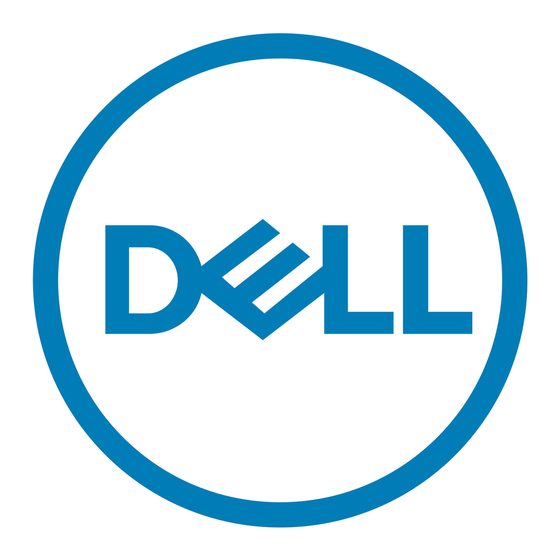- ページ 38
ストレージ Dell PowerVault DR4100のPDF ベスト・プラクティス・マニュアルをオンラインで閲覧またはダウンロードできます。Dell PowerVault DR4100 41 ページ。 Backup and recovery appliance
Dell PowerVault DR4100 にも: スタートマニュアル (10 ページ), マニュアル (37 ページ), リリースノート (16 ページ), マニュアル (12 ページ), マニュアル (24 ページ), マニュアル (23 ページ), クイックセットアップ (1 ページ), マニュアル (27 ページ), マニュアル (25 ページ)

